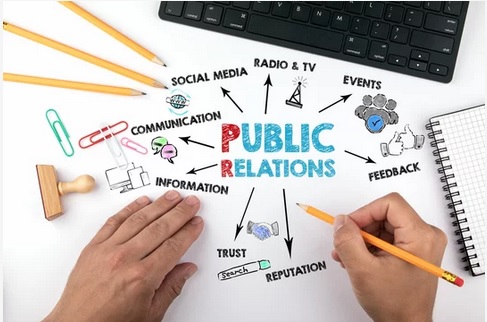
by Lynn Lipinski | Jan 21, 2020 | Essays and Features, Personal, PR, Unsolicited advice
Just like that, 2020 is underway. Writers and content strategists like me have cycled through our year-end round-ups and predictions for the new year. My crystal ball is pretty hazy these days, but my hindsight vision scores a perfect 20/20 (haha). The new year marks...

by Lynn Lipinski | Sep 25, 2013 | PR
In martial arts, aikido stands out for its emphasis on leveraging opposing forces, not just for defense but also to protect the attacker from harm. Its practice demands flexibility, a calm mind, endurance and compassion. It is the opposite of a stand your ground and...

by Lynn Lipinski | Mar 21, 2012 | PR
My Twitter feed this week has been full of reports of new social media tools for marketing and PR pros, like Pinterest and Highlight. Along with requisite hype comes the cynicism. Are these new tools just another bright shiny thing that will be hot for a few weeks,...

by Lynn Lipinski | Mar 13, 2012 | PR
If you’re writing a news release or blog posting or newsletter article, it’s easy and very tempting to make yourself or your organization the star of the show. And it’s the exact opposite of what you should do if you want to get a journalist, blogger...

by Lynn Lipinski | Mar 8, 2012 | PR
The public relations industry is vast and complex, employing some 60,000 people and bringing in a fee income of nearly $9 billion in 2010, according to The Holmes Report 2011 Global Rankings. It’s also perceived as a little, well, fluffy. Usually the first...

by Lynn Lipinski | Jan 16, 2012 | PR
In my job as a publications manager, I spend a fair amount of time looking for stock photos to use in brochures, reports, web sites and presentations. It’s not always the most creative endeavor — usually I’m just looking for a fresh take on people in...







